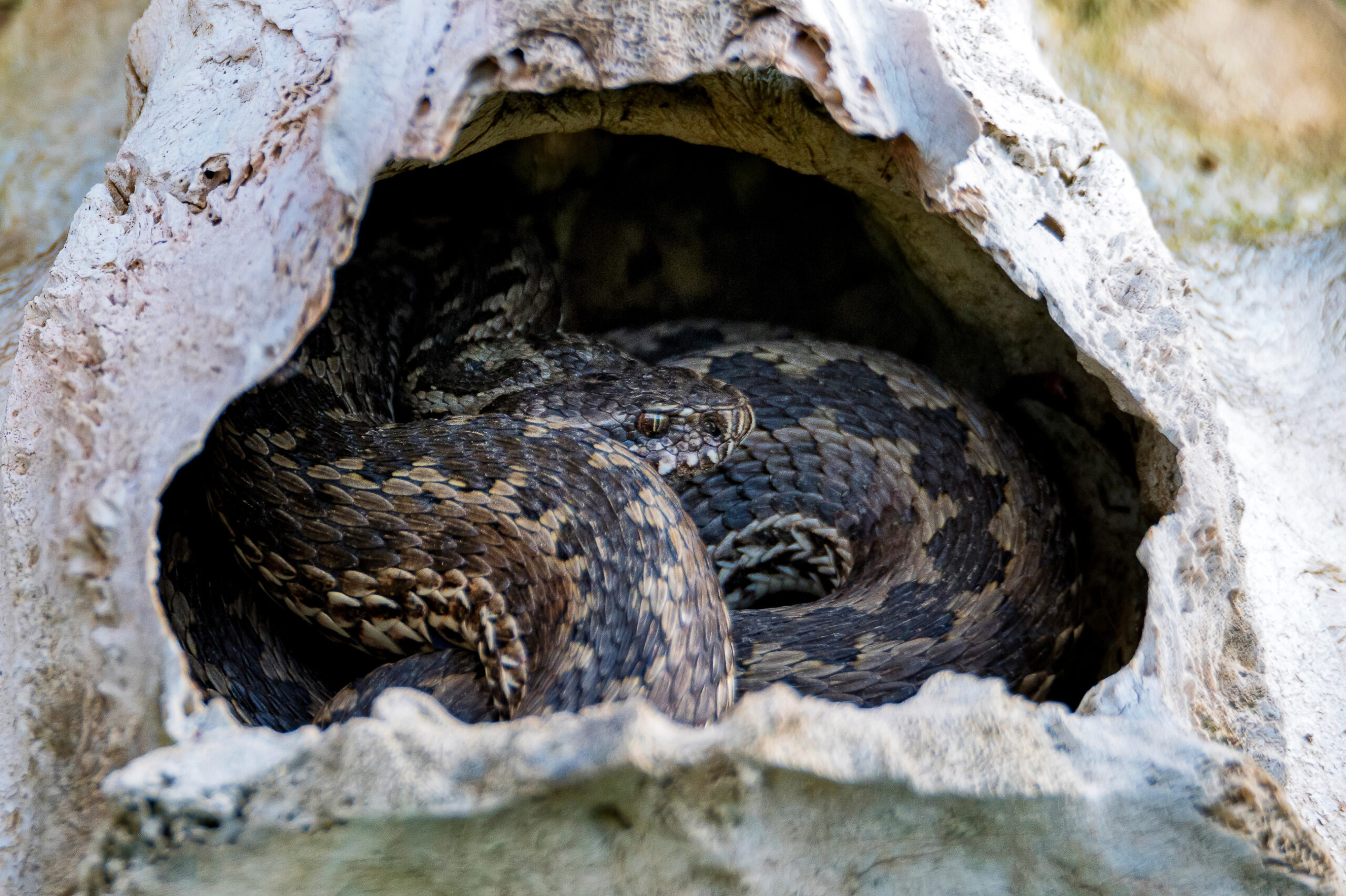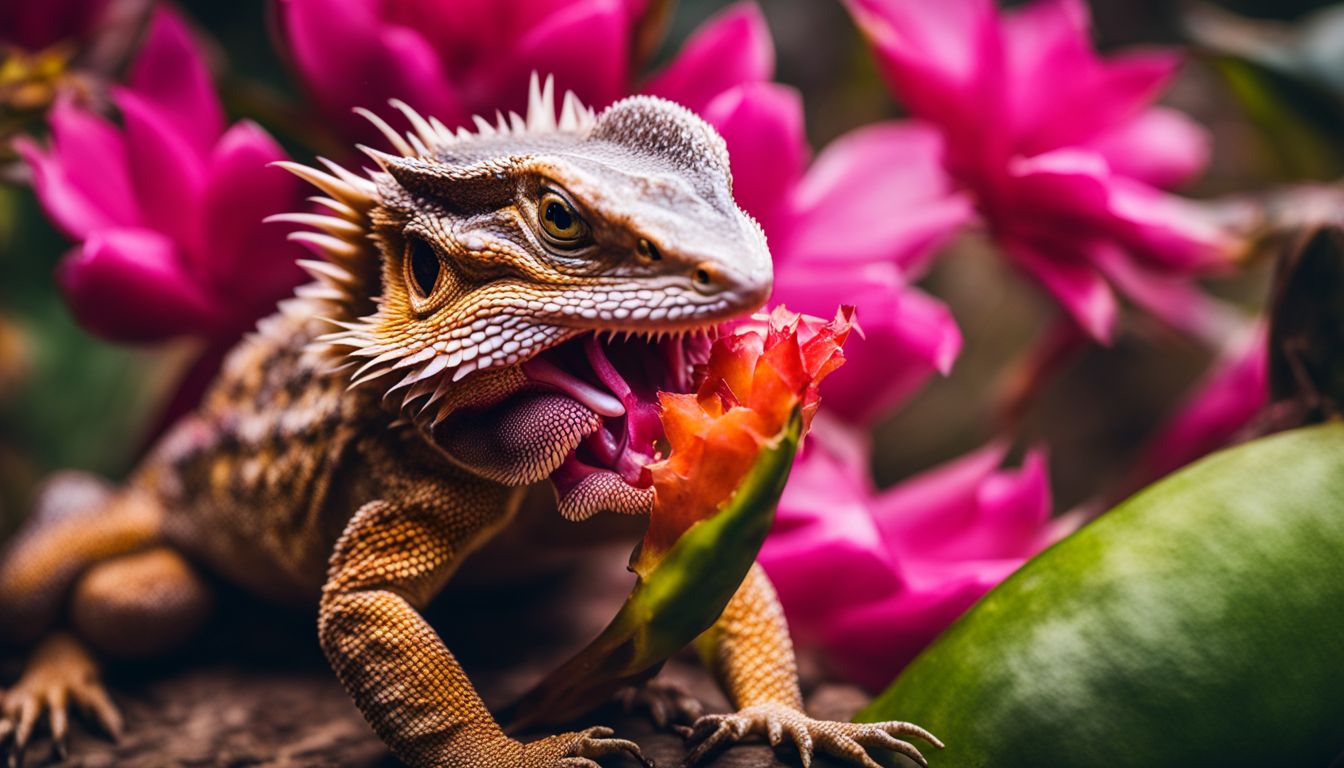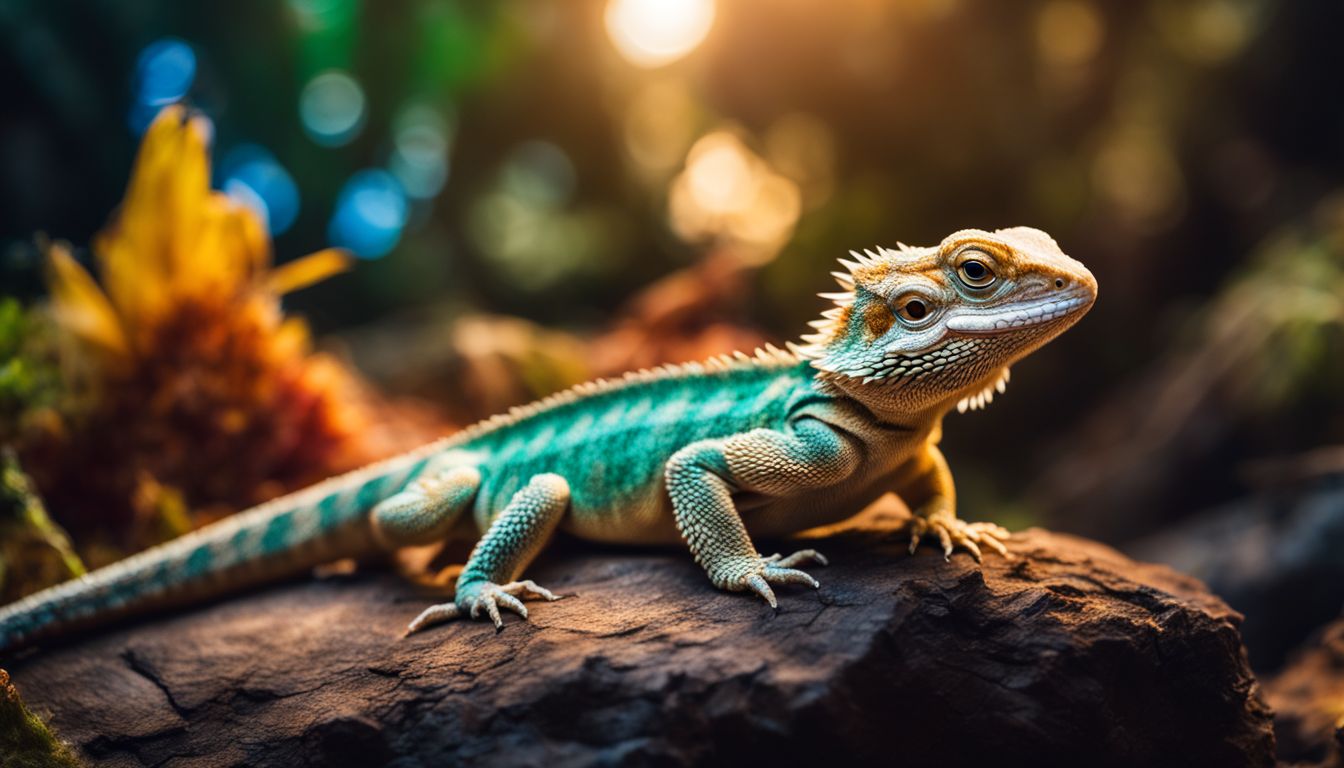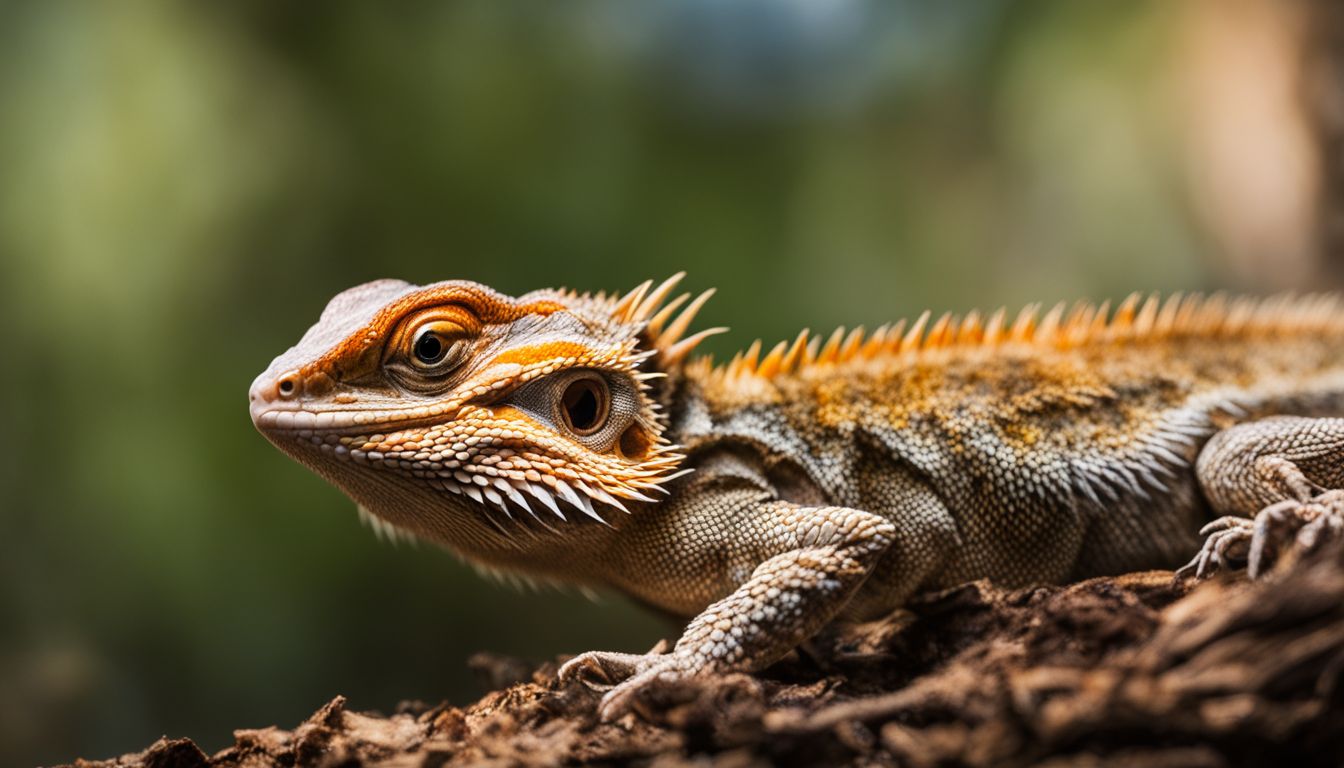Winter brings about a fascinating change in the natural world as many animals enter a state of deep sleep known as hibernation. But, have you ever wondered how snakes survive the cold months? Contrary to popular belief, snakes do not actually hibernate – they undergo a unique biological process called brumation.
In this blog post, we will delve into the mysterious world of snake brumation, exploring its purpose and mechanisms while answering key questions like “how” and “why” do snakes hibernate.
Key Takeaways
- Snakes do not technically hibernate but undergo a similar process called brumation to conserve energy and avoid exposure to harsh winter conditions.
- During brumation, snakes become less active and slow down their metabolism, heart rate, and breathing as they lower their body temperature to match the environment.
- Hibernation is an essential survival mechanism for snakes that enables them to conserve energy during extreme weather conditions when food sources are scarce, allowing them to maintain their health throughout the year while conserving vital resources until the next feeding season arrives.
- Maintaining snake habitats through conservation efforts is crucial as it ensures that these incredible creatures can continue to thrive in the wild despite environmental changes brought about by climate change or human activities.
What Is Snakes’ Hibernation?
Snakes’ hibernation is a state of dormancy, also known as brumation, where snakes lower their body temperature, slow down their heartbeat and breathing rates, and conserve energy to survive the winter season.
Definition Of Brumation And Hibernation
Brumation and hibernation are terms that often get used interchangeably when discussing the behavior of cold-blooded animals, such as snakes, during the winter months. However, they are distinct processes with specific characteristics.
Brumation refers to a state of dormancy experienced by reptiles in response to colder temperatures.
On the other hand, hibernation is a survival mechanism predominantly observed in warm-blooded mammals wherein they enter a deep sleep during extreme cold weather or food scarcity.
Differences Between Brumation And Hibernation
Although brumation and hibernation are both processes that help animals survive cold temperatures, they differ in several ways. Let’s explore the key differences between these two mechanisms in the table below.
| Brumation | Hibernation |
|---|---|
| Occurs in reptiles such as snakes | Occurs in mammals |
| Metabolic processes significantly slow down but don’t entirely cease | Metabolic processes are significantly reduced, approaching a state of dormancy |
| Snakes may become lethargic but do not sleep throughout the entire brumation period | Mammals sleep persistently throughout the hibernation period |
| Triggered by shortening day lengths and dropping temperatures | Also triggered by shortening day lengths and dropping temperatures, but may also be influenced by food scarcity |
| Snakes may still absorb some water during brumation | Hibernating mammals do not consume food or water during hibernation |
In conclusion, while both brumation and hibernation serve as essential survival mechanisms for animals during colder seasons, they differ in the way they conserve energy, the degree of dormancy, and the specific triggers that initiate these processes.
Why Do Snakes Hibernate?
Snakes hibernate as a survival mechanism and to adapt to seasonal changes, conserving energy by lowering their body temperature and slowing down their metabolism.
Survival Mechanism
The hibernation process in snakes serves as a fundamental survival mechanism, allowing these cold-blooded creatures to withstand harsh winter conditions.
As ectothermic animals, snakes rely on their environment to regulate body temperature and maintain essential biological processes.
In order to overcome these challenging conditions, snakes enter a state of brumation – similar in many ways to mammalian hibernation but uniquely adapted for reptiles.
By slowing down their metabolism, heartbeat, and respiration rates dramatically during brumation, snakes conserve energy and resources which would otherwise be expended on maintaining optimal body function.
For example, some species like the garter snake may gather in large groups within abandoned animal burrows or underwater habitats for added insulation and protection from freezing temperatures.
Adaptation To Seasonal Changes
Snakes’ hibernation is a remarkable adaptation to seasonal changes. In colder months, food sources become scarce, and metabolic activities slow down. Snakes enter brumation to ensure their survival during this period of scarcity.
The reduced metabolic rate lowers the body temperature and conserves energy in snakes.
During brumation, snakes retreat to dens where they can stay warm. Some species can spend months inside these dens while others go out occasionally on warmer days to bask in the sun before returning to their dens promptly.
Conservation Of Energy
Hibernation is an essential survival mechanism for snakes as it enables them to conserve energy during periods of extreme weather conditions when food sources are scarce.
By lowering their body temperatures and metabolic rates, snakes can reduce their energy expenditure significantly. In hibernation, a snake’s metabolism slows so drastically that they only need to consume a minimal amount of air and water to survive.
This conservation of energy is especially crucial for species that live in regions with harsh winters or long dry seasons where food availability decreases significantly.
Without this adaptation, these creatures would not be able to survive the extreme season change and would ultimately starve to death.
How Do Snakes Hibernate?
During hibernation, snakes become less active and conserve energy by slowing their heartbeat and lowering their metabolism; to learn more about the fascinating process of snake brumation, keep reading!
Preparation For Hibernation
Before snakes go into hibernation, they undergo a series of preparations to ensure their survival during the long winter months. These preparations include:
- Feeding: Snakes need to consume enough food before hibernation to build up fat reserves that will sustain them throughout the winter. They often eat more frequently and larger prey than usual in preparation for brumation.
- Seeking out shelter: Snakes will look for a suitable place to hibernate, such as a hole or crevice that is protected from the cold weather and predators.
- Lowering body temperature: As temperatures drop, snakes start to lower their body temperature by basking less and seeking cooler areas. This helps slow down their metabolism and conserve energy.
- Reducing activity: In the weeks leading up to hibernation, snakes become less active as their metabolism slows down and they prepare for a state of torpor.
- Shedding skin: Some snakes shed their skin before they go into hibernation, allowing them to enter this dormant phase with fresh, healthy skin that can better protect them from injury or infection during the winter months.
The Hibernation Process
During hibernation, snakes’ body temperature drops to match the surrounding environment. They slow down their metabolism, heart rate, and breathing to conserve energy during the winter months.
Snakes may spend weeks or even months in this brumation state depending on environmental conditions. One interesting fact is that some species of snakes stay together in large groups known as hibernacula.
Before entering into hibernation mode, snakes consume enough food to sustain them for a few months without feeding again. They then seek out safe locations like crevices in rocks or underground burrows where they can remain undisturbed until warmer weather returns.
It’s important to note that while brumation looks similar to hibernation behavior seen in mammals like bears or groundhogs, it’s not exactly the same thing as reptiles don’t enter a deep sleep where they’re unaware of anything happening around them.
Overall, by adapting through this process of brumation or hibernating-like states during colder seasons such as winter allows snakes (and other animals) an increased chance at survival by conserving energy until better conditions return.
Emergence From Hibernation
After spending several months in hibernation or brumation, snakes eventually emerge from their state of reduced activity. Here are some things to know about the emergence process:
- Snakes will slowly begin to wake up as temperatures start to rise above freezing.
- They may take a while to fully come out of hibernation, sometimes basking in the sun for hours or even days before becoming active again.
- During emergence, snakes will shed their skin as their metabolism increases and they start to eat again.
- The timing of emergence varies by species and location; some snakes may come out as early as February while others may not emerge until May or June.
- Once they have emerged, snakes will resume their normal activities such as hunting, mating, and shedding.
Overall, emergence from hibernation is an important part of the annual cycle for snakes and plays a key role in their survival.
Conclusion
In conclusion, understanding snakes’ hibernation is essential to appreciate their unique adaptations and survival mechanisms. Snakes do not technically hibernate but undergo a similar process called brumation, which helps them conserve energy and avoid exposure to harsh winter conditions.
During this time, they become less active and slow down their metabolism, heart rate, and breathing. As temperatures warm up in the spring, snakes emerge from brumation ready to resume their activities.
FAQs:
Why do snakes hibernate?
Snakes hibernate to conserve energy and survive through harsh environmental conditions, such as cold temperatures or lack of food availability during winter months.
How long do snakes typically hibernate for?
The duration of a snake’s hibernation period can vary depending on factors such as species, location, and weather patterns. Some snakes may only hibernate for a few weeks while others may remain in this state for several months.
Where do snakes usually go to hibernate?
Snakes will often seek out areas with consistent temperatures and minimal disturbances during their hibernation period, such as underground burrows, rock crevices, or abandoned rodent dens.
Can disturbed or awakened snakes during the hibernation period cause harm to humans?
It is possible for disturbed or awakened snakes during their hibernation period to react aggressively if they feel threatened or provoked by humans attempting to handle them. It is important to leave these animals alone and contact local wildlife authorities if necessary instead of trying to intervene on your own.




